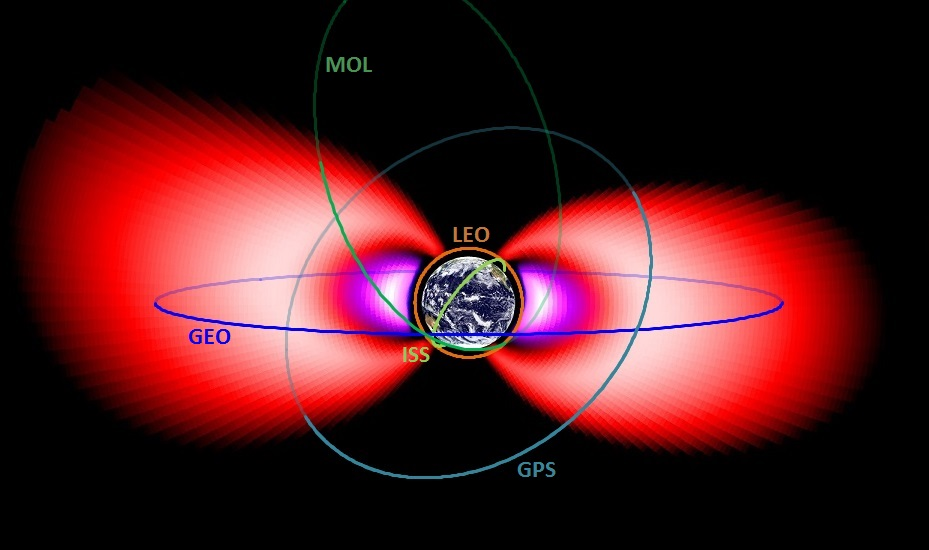Speaker
Description
We investigate two significant challenges in climatological modeling: improving up on the local distributions at grid points in the models and modeling the spatio-temporal covariance structure. We propose the use of tabular local distributions, with extrapolation based on generalized gamma functions, with power-law transforms to represent the error distributions. The generalized gamma can represent either of the two widely-used distribution functions: a log-normal or a Weibull, depending on the parameters of the generalized gamma. The power law transform is a 2-parameter transform (linear in log flux) that allows a simple extension of the 2-parameter uncertainty covariance matrices already employed for Weibull and log-normal distributions. On the problem of spatio-temporal covariance, we describe a unified framework for modeling realistic, but constrained spatiotemporal covariances based on observed correlation coefficients, simulated coefficients, and a neural network that, by construction, produces valid covariances across the entire model domain. Together, these advances enable greater realism in surrogate time series models of the radiation environment.

